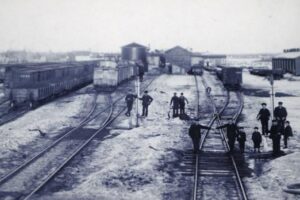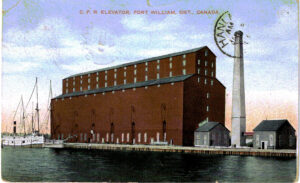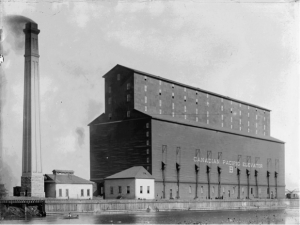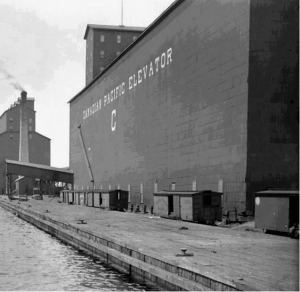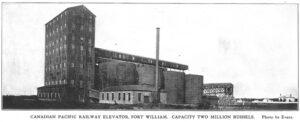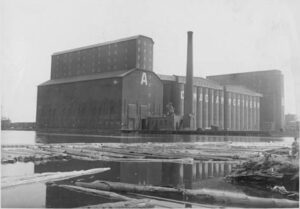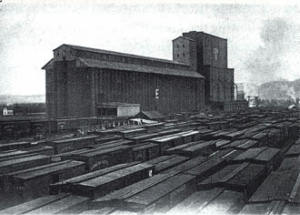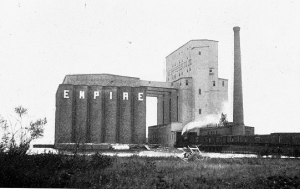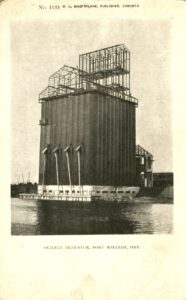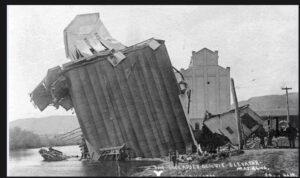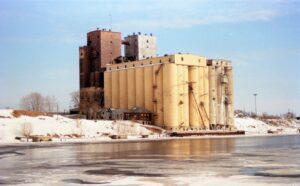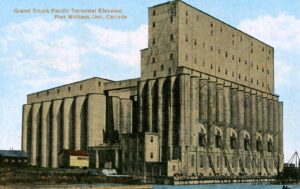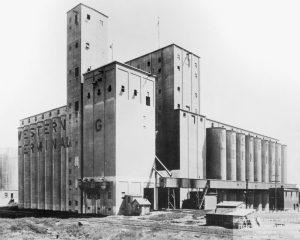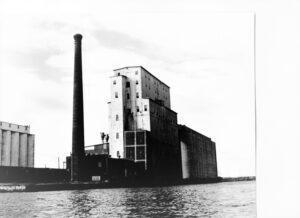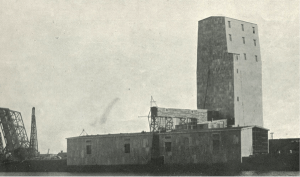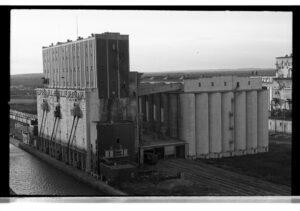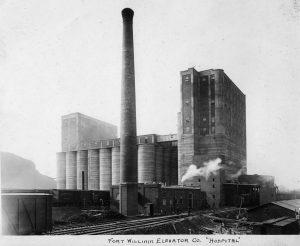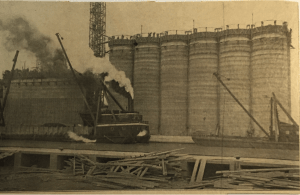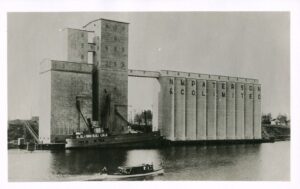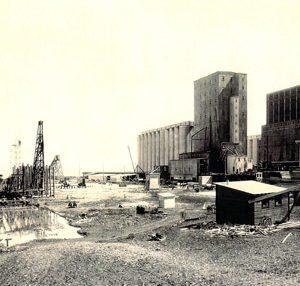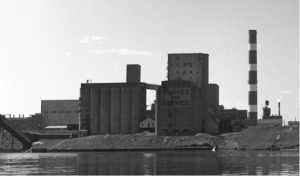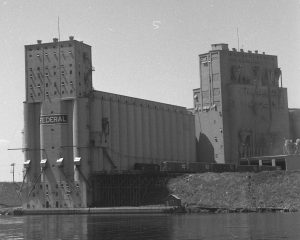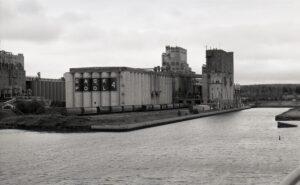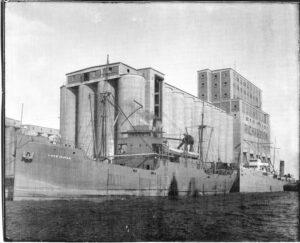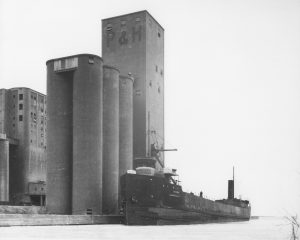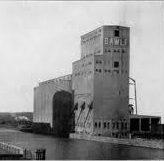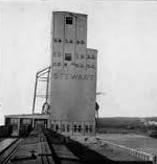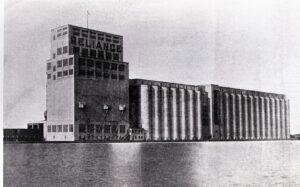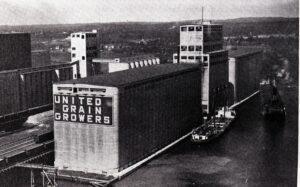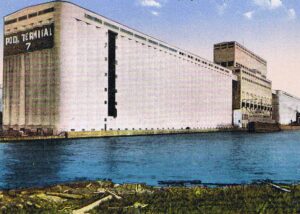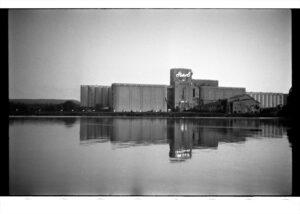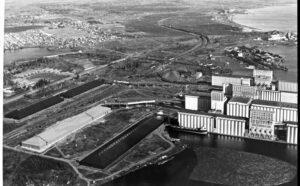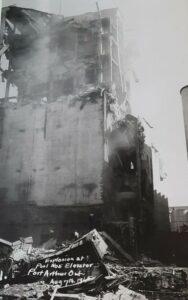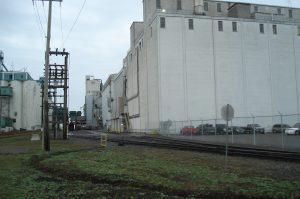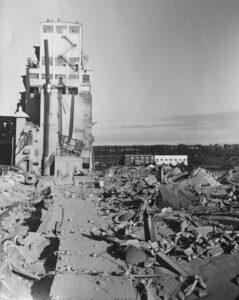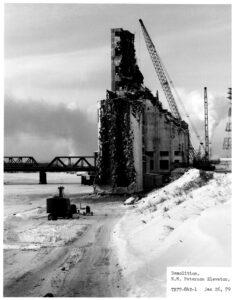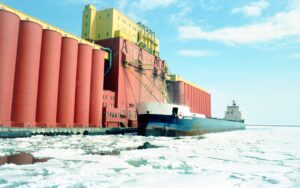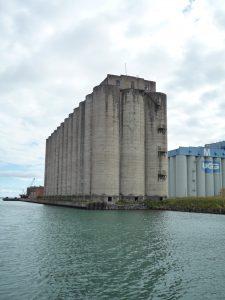Timeline
Thunder Bay Grain Trade
Thunder Bay’s industrial grain trade history begins in the late 19th century when the Canadian Pacific Railway drove its first spike in Westfort. The completion of the railway from Thunder Bay to Winnipeg in 1882 catalyzed the Lakehead’s rapid elevator construction, beginning with the CPR’s first terminal in Port Arthur. This timeline tracks the major events in Thunder Bay’s grain history from the early “boom years” through the industry downturn and into the modern era of terminal operations.
-
1875

-
1882

-
1882

-
1883

-
1883

-
1884

-
1884

-
1885

-
1888-1889

-
1890

-
1897

-
1898

-
1901

-
1902

-
1902

-
1903

-
1904

-
1904

-
1904-1905

-
1905

-
1906

-
1906

-
1906

-
1906

-
1907

-
1908

-
1909

-
1909

-
1909

-
1910

-
1910

-
1911

-
1912

-
1913

-
1913

-
1913

-
1913

-
1914

-
1914

-
1916

-
1916

-
1916

-
1916

-
1917

-
1917

-
1917

-
1918

-
1919

-
1919

-
1920

-
1921

-
1922

-
1923

-
1923

-
1923

-
1923

-
1923

-
1924

-
1924

-
1926

-
1927

-
1927

-
1928

-
1928

-
1928

-
1930

-
1930

-
1936

-
1940

-
1940

-
1945

-
1947

-
1951

-
1952

-
1957

-
1959

-
1965

-
1966

-
1969

-
1970-1971

-
1971

-
1972

-
1976

-
1977

-
1977

-
1977

-
1978

-
1980

-
1980

-
1983

-
1983

-
1987

-
1996

-
1998

-
2001

-
2007

